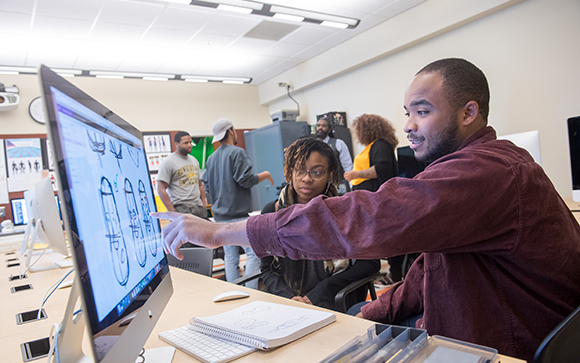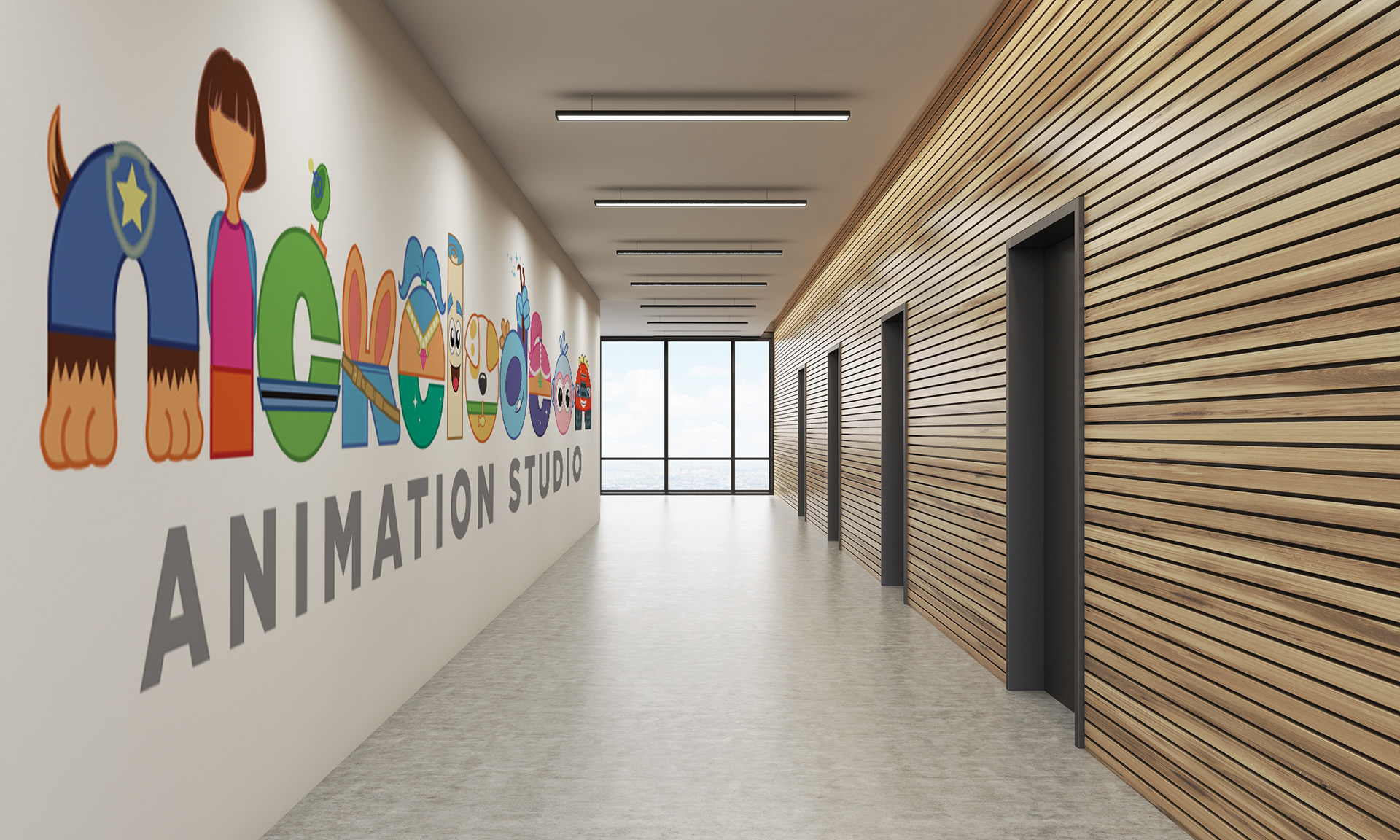Discovering the most up to date Patterns in Building 3D Visualization With Rendering Solutions
You're witnessing a substantial shift in building 3D visualization, driven by sophisticated rendering services. Technologies like real-time making and immersive online truth are reshaping how clients engage with designs. Meanwhile, photorealistic visuals produce deeper emotional connections. As sustainability takes spotlight, environment-friendly ideas gain grip in visualizations. Curious regarding how these fads are transforming building methods? Allow's explore what exists ahead in this developing landscape.
The Increase of Real-Time Rendering in Design

Digital Truth and Augmented Truth: Immersive Customer Knowledge
In today's architectural landscape, augmented and online truth are transforming how you interact with designs. These technologies provide enhanced interactivity and real-time visualization, making it easier for you to understand complicated ideas. Plus, they streamline project collaboration, guaranteeing everyone remains on the same page throughout the process.
Enhanced Design Interactivity
With the surge of virtual reality (VR) and increased reality (AR), clients now experience building layouts in ways that were when unthinkable. You can tip inside your future space before it's developed, checking out every corner with immersive detail. These innovations let you imagine exactly how light connects with materials, allowing you to make informed style choices. You can customize shades, appearances, and layouts in real-time, providing you a feeling of ownership in the layout process. This interactivity cultivates far better interaction in between you and your designer, making certain that your vision straightens with the final product. With virtual reality and AR, you're not simply observing; you're proactively participating in the development of your environment, resulting in an extra tailored and enjoyable experience.
Real-Time Visualization Advantages
While discovering your building job with real-time visualization, you obtain an unmatched understanding of your future room. Digital Reality (VIRTUAL REALITY) and Augmented Truth (AR) immerse you in your designs, permitting you to walk with and connect with every detail. You can imagine exactly how light plays throughout surfaces, analyze spatial relationships, and also make layout modifications on the fly. This instant responses equips you to make informed choices, ensuring your vision straightens with fact. Plus, sharing these immersive experiences with clients boosts interaction, cultivating count on and collaboration. By tipping right into your project essentially, you can determine potential concerns early, ultimately conserving time and resources while creating an extra compelling design story. Welcome the future of building visualization today!
Seamless Job Cooperation
When you take advantage of Online Truth (VR) and Increased Fact (AR) for job collaboration, you produce an interesting setting where customers can actively take part in the design process. These immersive technologies permit clients to envision areas in real-time, making it easier for them to understand ideas and provide immediate comments. As opposed to counting on typical plans or fixed images, you can transport customers right into a 3D model, helping them feel the scale and circulation of a room. With AR, customers can overlay electronic styles onto existing environments, promoting much deeper understanding and connection. This seamless interaction not just boosts communication in between you and your clients yet likewise enhances decision-making, making sure everyone stays lined up throughout the job lifecycle.
Photorealistic Making: Bringing Layouts to Life
Photorealistic rendering transforms your designs right into realistic visuals, making it easier for clients to visualize the end product. You'll uncover the lots of benefits it supplies, from boosted discussions to better decision-making. And also, you'll check out the tools that can help you accomplish spectacular realism in your building visuals.
Advantages of Photorealistic Making
As you discover the world of building style, the advantages of photorealistic providing come to be increasingly apparent. This strategy allows you to present your concepts with striking realistic look, making it simpler for clients to visualize the end product. You'll discover that top quality visuals evoke emotions and develop a more powerful connection with your audience. Plus, photorealistic making helps you identify prospective layout problems early, conserving you time and cash during the construction phase.Moreover, these magnificent pictures can boost your advertising and marketing initiatives, setting you apart from rivals. When you showcase your deal with lifelike detail, you're most likely to bring in more clients and safe tasks. Eventually, spending in photorealistic rendering boosts both your style process and service possibilities.
Devices for Realistic Visualization
Top notch visualization counts on the right tools to bring your layouts to life. You'll want to discover effective software like Autodesk 3ds Max, V-Ray, and SketchUp, which are essential for developing photorealistic renderings. These tools let you manipulate light, color, and appearance, boosting the realism of your tasks. Don't forget the value of high-resolution structures and progressed lighting methods; they can considerably raise your visuals. In addition, think about making use of plugins and attachments that enhance your process, saving you time while making best use of quality. Real-time making engines like Unreal Engine can also be a game-changer, permitting instant feedback as you style. By leveraging these my company devices effectively, you'll astound your audience and take a breath life into your architectural visions.
The Role of AI in Architectural Visualization
While typical approaches of building visualization have their qualities, the integration of AI is changing the field in extraordinary ways. You're most likely to observe how AI-powered devices simplify the style process, boosting effectiveness and creativity. These smart systems can evaluate vast amounts of data, forecasting exactly how layouts will certainly execute in real-world scenarios.Imagine generating numerous design choices in secs, allowing you to check out even more choices than in the past. AI also assists in rendering by enhancing textures and illumination, creating spectacular visuals that captivate your clients.Moreover, AI can help you recognize possible problems early in the layout stage, decreasing costly modifications later. As you embrace these technologies, you'll locate that they not just boost your operations yet likewise allow you to create even more innovative and impactful layouts. The future of architectural visualization is undeniably intertwined with the power of AI, and it's time to harness it.

Lasting Design Visualization: Showcasing Eco-Friendly Concepts
AI's advancement isn't nearly performance; it likewise pop over to these guys plays a necessary role in promoting sustainable design practices. By using 3D visualization tools, you can properly showcase environment-friendly principles that reverberate with your customers and stakeholders. These tools enable you to imitate natural lighting, maximize energy consumption, and visualize sustainable materials in real time.Imagine providing your designs with sensible renderings that highlight green roofings, photovoltaic panels, and rain harvesting systems. This not just improves your job's charm yet also informs visitors on the advantages of sustainability. You'll discover that clients are significantly drawn to styles that prioritize ecological responsibility, and your visualizations can make these ideas tangible.Incorporating sustainable layout visualization right into your operations can boost your jobs, advertise eco-conscious selections, and eventually contribute to a greener future. Embrace these modern technologies to lead the charge in lasting design.
Collaborative Layout Processes Improved by 3D Visualization
As you immerse on your own in collaborative design procedures, 3D visualization can substantially boost interaction among staff member and stakeholders (Bowen Studios 3D Rendering Services). It develops a common visual language that bridges spaces in between customers, designers, and designers. When everyone can see a practical making of the task, it's much easier to discuss concepts, offer feedback, and make decisions.Using 3D models, you can swiftly repeat on designs, enabling rapid modifications based on input from varied viewpoints. This promotes a sense of possession amongst employee, as they can actively add and picture their ideas in real-time. 3D visualization devices usually come with interactive functions, making it possible for stakeholders to explore rooms from various angles or even replicate lights conditions. This degree of interaction not only clears up the design intent yet also aids to identify possible problems early, eventually enhancing the overall design procedure
The Future of Making Solutions in Design
With innovation advancing at a rapid pace, making services in learn the facts here now architecture are positioned for a change that will boost both efficiency and creativity. You'll see technologies like real-time rendering, permitting you to visualize changes immediately during the layout procedure. This indicates less modifications and quicker decision-making, eventually saving you time and resources.Moreover, expert system is making its mark, simplifying workflows from idea to completion. Imagine software program that learns your style preferences and suggests style elements tailored simply for you. Virtual truth will likewise play a substantial duty, providing immersive experiences that allow clients go through spaces prior to they're built.As sustainability becomes a focus, providing services will incorporate energy-efficient modeling, helping you design greener buildings. Embracing these improvements will not only elevate your tasks yet also place you at the leading edge of building development. The future of providing solutions is intense, and you won't wish to lose out.
Frequently Asked Questions
What Software Is Typically Made Use Of for Building 3D Visualization?
You'll often locate software application like SketchUp, Revit, and 3ds Max being utilized when it comes to architectural 3D visualization. These devices aid you develop magnificent visuals that bring your layouts to life successfully and efficiently.
Exactly How Can I Pick a Rendering Provider?
When choosing a rendering service supplier, you should consider their portfolio, client evaluations, communication style, and turnaround times. It is essential to assure they line up with your vision and can satisfy your task deadlines efficiently.
What Is the Typical Expense of Making Providers?
The ordinary expense of making services varies extensively, commonly ranging from $100 to $1,000 per image. Elements like project complexity and quality requirements considerably affect these prices, so it's smart to acquire numerous quotes prior to choosing.
For how long Does the Rendering Refine Commonly Take?
The making process commonly takes anywhere from a couple of hours to several days, relying on the intricacy of your project and the high quality you're aiming for (Bowen Studios). Factors like resolution and details can significantly influence the timeline
Can 3D Visualization Help in Acquiring Customer Approvals?
3D visualization assists you existing your concepts clearly, making it easier for clients to recognize your vision. Involving visuals frequently result in quicker authorizations, ensuring your job moves onward efficiently and efficiently.
Conclusion
As you discover the newest fads in architectural 3D visualization, it's clear that providing services are transforming the market. Real-time making, immersive modern technologies, and photorealistic visuals not only boost customer experiences however additionally promote sustainability and partnership. By harnessing AI tools, you're improving workflows and maximizing styles for energy performance. Welcoming these innovations placements you at the forefront of architectural advancement, ensuring your jobs resonate with both customers and the atmosphere. The future looks intense! Technologies like real-time rendering and immersive digital truth are reshaping exactly how clients interact with styles. High-grade visualization counts on the right tools to bring your styles to life. These intelligent systems can examine substantial amounts of data, anticipating how designs will execute in real-world scenarios.Imagine creating numerous layout options in seconds, permitting you to discover more options than ever previously. You'll find that customers are significantly attracted to layouts that focus on ecological obligation, and your visualizations can make these ideas tangible.Incorporating sustainable style visualization into your operations can raise your projects, promote eco-conscious selections, and ultimately add to a greener future. As you submerse yourself in collaborative design procedures, 3D visualization can significantly improve interaction among group participants and stakeholders.